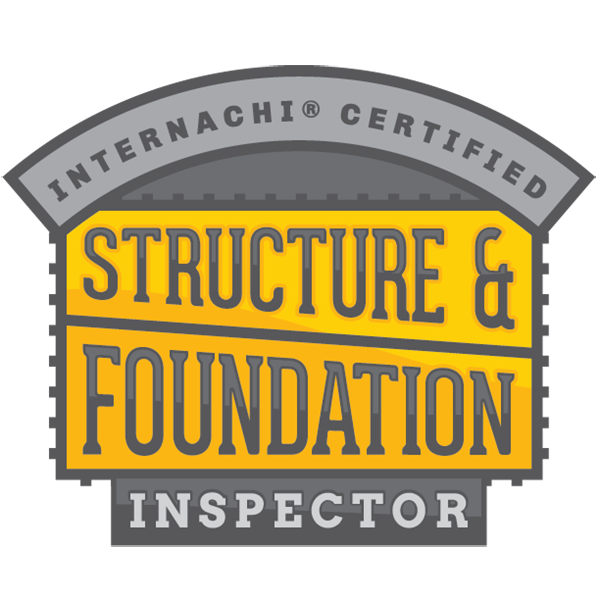How To Prep The Home For Home Inspections
We’ve performed over thousands of home inspections so at this point in our careers we’re experts when it comes to educating Realtors and homeowners on how to prepare a home for the home inspection process. Let’s start with what a home inspection is as this will be helpful in determining how accessible we need to make the property for the home inspector.
A home inspection is a limited, non-invasive examination of the condition of the home. Non-invasive? What exactly does that mean? It simply means that the home inspector will NOT look beyond the surface of the physical materials of the home for defects. A home inspector should never permanently physically alter the home in any way throughout his method of discovery.
Home inspectors will traverse the property, inside and out, to discover construction defects, damage caused by wear and tear, and damage as a result of nature (i.e. settlement). The inspector will also test all the electrical, mechanical, and plumbing systems within the property, including all appliances.
In order to best facilitate a successful contract, a thorough inspection process, and quick closing it’s vital for a seller to do the due diligence of preparing for the inspection and repair process (TRR). Now that we’ve clarified what a home inspection is, and what it is not, let’s get on with the 5 ways to prepare for the home inspection.
Five Ways To Prepare For The Home Inspection
Make all doors and windows accessible to the home inspector…
…by moving furniture, boxes, or other materials out of the way. Technically, the inspector is not allowed to move anything in a seller’s home. We performed an inspection once where the seller had packed their belongings in preparation for moving (way to go sellers!), however, they placed the boxes on the outskirts of the rooms blocking access to some windows, outlets, vents, and closets. Our home inspectors were not able to access the windows and therefore were not able to test whether the windows were operational and free of damage. This was frustrating to the buyers and actually delayed the inspection process because we had to return to the property to test the windows. Not to mention that it cost the home sellers a fee for us to return to the property.
If a seller is in the process of packing, we recommend moving all furniture and boxes to the middle of the room so there is a clear pathway to doors, windows, vents, and outlets. Additionally, if the ceiling fan is not operational by way of a switch on the wall, make sure the fan is accessible.
Make sure all utilities are turned on at the utility company and at the residence…
…so that the inspector is able to test every system within the home. It’s really common for a home to be vacant because the sellers have already moved and for the seller to have the utilities turned off because, well, nobody is living there, right? We get it! Sellers want to save money during the very expensive process of selling, buying, moving, and closing on multiple properties. However, nothing puts a halt to the inspection timeline quite like having to schedule for utilities to be turned back on. This is crucial because the buyer is traditionally allotted only 10 days to complete the inspection process and handover the TRR Requests.
Make sure all appliances are accessible…
in the kitchen, washroom, and in the garage. Home inspectors are tasked with testing every appliance in order to discover if both the appliance and their mechanical, electrical, and plumbing components are working properly. This includes the electrical panel, double-check to make sure the panel is not blocked in any way. There have been times when homeowners have stored things like Christmas trees in their hot-water closets, or parked a vehicle too close to the hot-water closet door, leaving us unable to test the hot-water tank. Don’t forget to check to make sure the home inspector can access every appliance and it’s surrounding area.
Make sure the areas under all the sinks are clear and completely visible…
to the home inspector. This one’s a no-brainer, but it’s one that’s easy to forget! Remove all those cleaning supplies from beneath the sink in the kitchens and the bathrooms. It’s important to remember that the more accessible all these areas in the home are the more accurate and thorough the home inspection will be. If your cabinets have key-accessible child protective locks then please make sure someone at the inspection will have the key available to the inspector.
Make sure the attic and crawlspace are decluttered and accessible…
to the home inspector even if you think it’s an attic that isn’t “big enough” to investigate. You’d be surprised how tight or tricky of a space a home inspector can squeeze into. Remove all those boxes and totes from the attic landing to grant the inspector easy passage. If the attic entrance is located in the garage then make sure to park all vehicles outside of the garage. With the crawlspace, it’s important that the access way isn’t locked or blocked and that the crawlspace is free of debris.
We’re Here To Be Helpful
Finally, congratulations on getting a contract and best of luck making it through the inspection process and all the way through closing. Although we represent the home buyers during the inspection process we are more than happy to be available as a resource for home sellers. Don’t hesitate to contact us if you have any questions about preparing the home for the inspection day and even complying with the terms of the TRR Request.
Sources:
https://www.nachi.org/sop.htm








